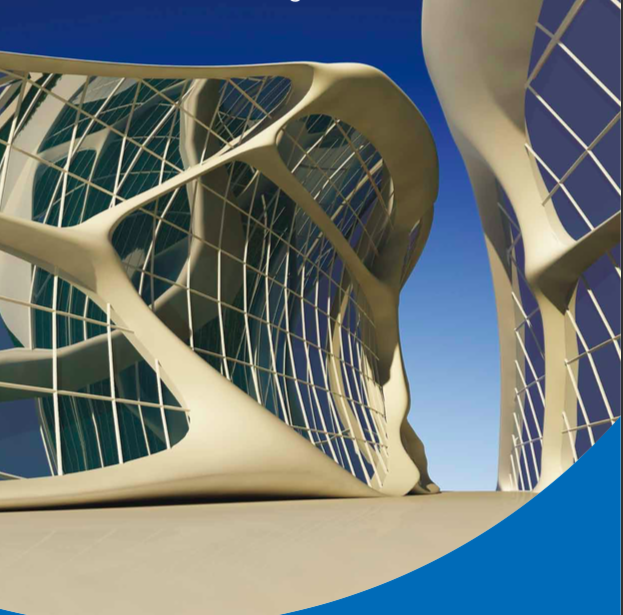
1. Benefits of plastics in building construction, and house interior design
Generally speaking, plastics components offer great practical solutions. It not only saves a ton of money to produce than alternatives, even in tailor-made form. Plastics also can be moulded that means plastics can be combined to many other components, making plastics fabulous.
According to PlasticsEurope,
- Plastics decrease energy consumption effectively over their entire life-cycle.
- Plastics applications are more likely to take less space, less time for maintenance, and run smoothly for a decade.
- Overall, the lifespan of plastics applications in construction and building is more than 30 years, and they do their job very well.
Among other things:
- Plastics play an important role in roofing, piping, insulation...within the structure of a building.
- With plastics, all imagination of architects innovative design structures can come true.
- To improve the strength of structures to the best.
- To create a favourable condition for new technologies which is more friendly to the environment
- In the field of home interior design, plastics provide furniture and household items, making home design more vivid.
- To offer solution for light energy consumption
- To create living spaces and household items, especially those must have safe certification to use.
- To make people live easier with a variety of plastic daily use items .
2. What contributes to the success of plastics in the construction and interior design industry?
Combining polymer resins: PE (polyester), epoxy,...with fillers to manufacture materials with better properties to those manufactured with the individual base materials. Fillers are considered to be used as they optimize cost-effectiveness, and improve effects on mechanical properties to the material.
Take a specific example of EuP filler masterbatch used in manufacturing profiled the building products and household items, high impact polystyrene filler masterbatch or we usually call HIPS Filler Masterbatch is made from CaCO3, carrier resin, and other additives. Containing high CaCO3 loading, HIPS filler delivers whiteness and excellent dispersion with good compatibility. It offers cost reduction as well as improving the hardness, surface features, heat resistance and physical or chemical durability of plastic products.
Exploiting from the hundreds of year old high-calcium limestones in Vietnam with ample resources, we produce the strong HIPS thermoplastic with the strong but remain lightweight properties and cost effective solution for producing final plastic products.